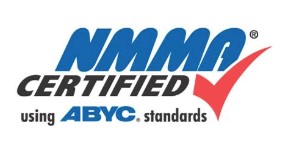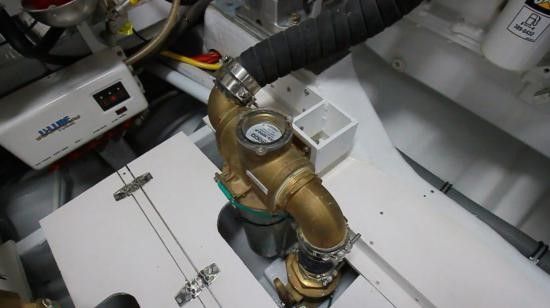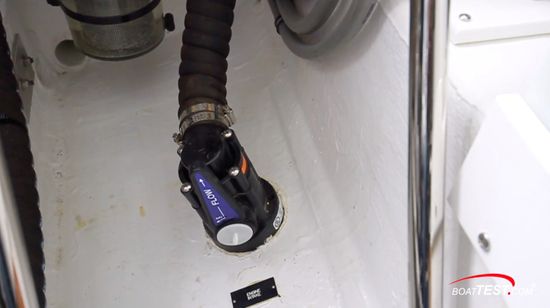Boat & Yacht Design
What to Look for in Through-Hull Fittings


Think about it: A through-hull fitting is essentially a hole in the hull of the boat, below the waterline. Now does it make sense why the ABYC has specific standards regarding the parts that are used in this capacity? See what boatbuilders need to consider about through-hull fittings to get each model NMMA certified.

Boat Building Standards:
Seacocks and Through-Hull Fittings
ABYC Standards--
- All through-hull fittings or hull penetrations designed to accept pipes, hoses, or valves, terminating below the maximum heeled waterline, shall be equipped with a seacock to stop the admission of water in the event of a failure.
- Seacocks and through-hull fittings shall be designed and constructed to meet ANSI/UL 1121, Marine Through-Hull Fittings and Sea-Valves.
- A seacock shall be securely mounted so that the assembly will withstand a 500 lb. (227 kg) static force applied for 30 seconds to the inboard end of the assembly, without the assembly failing to stop the ingress of water.
- The installation shall prevent any movement of the assembly.
- Through-hull fittings and seacocks shall be connected directly.
- Threads in seacock installations shall be compatible (e.g., NPT to NPT, NPS to NPS).
- Through-hull fitting and seacock manufacturers’ recommendations shall be followed regarding thread engagement requirements.
- Seacocks shall be readily accessible as installed, and oriented that their handles are easy to operate.
- If a flanged seacock is used, its flange shall be securely mounted to the hull structure.
- On metal-hulled boats, metal through-hull fittings shall be galvanically compatible with the hull plating or shall be electrically insulated from the hull plating.
Editor’s Note: This is a run-down of most of the standard, but ABYC notes some exceptions.

